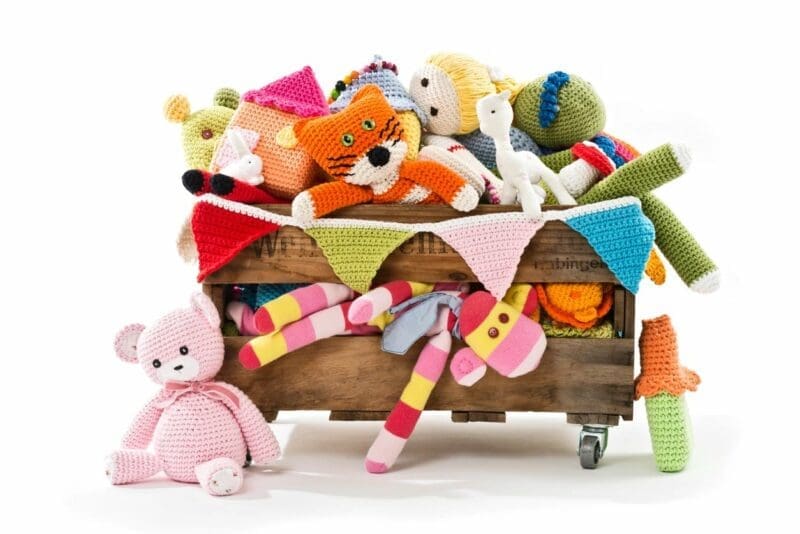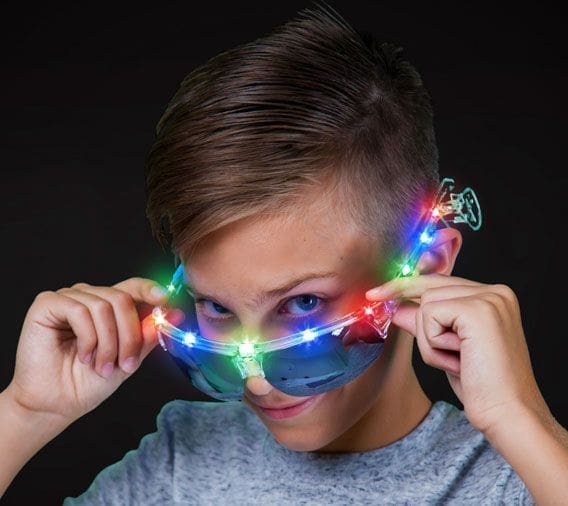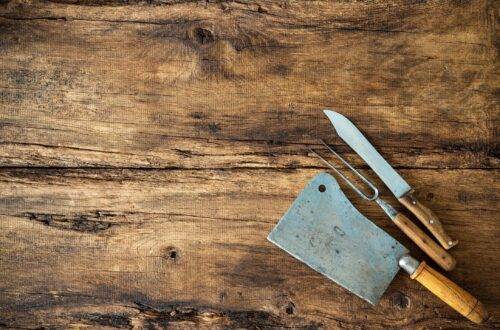Top Tips for Toy Safety

Toy safety for babies often seems like common sense, but when you stop to think about everything that a child can grab (and try to eat), it becomes clear that you need to take a systematic approach to toy safety. Here are a few tips to help you keep your baby safe at all times.
1) Pay Attention to Age Recommendations
It’s a good idea to always pay attention to those age recommendations on your toys, and to choose ones that match the child’s age, interest and abilities. Make sure that you read the labels to spot any safety features or warnings, and so that you know how to clean the baby’s toys properly too.
2) Get Rid of the Wrapper
The plastic wrapping that toys come in can be a suffocation risk, so it’s important that you dispose of it as soon as you get the toy.
3) Choose Age-Appropriate Toys
For a child under the age of one, toys should be colorful, lightweight and textured, as well as non-toxic. Kids at this age learn via sight, touch, taste and sound, and they tend to put new things in their mouths as a part of the learning process.
4) Don’t Let a Young Child Play With ‘Big Kid’ Toys
Toys with removable parts (such as eye, noses, etc), or removable accessories such as shoes, gadgets or ‘weapons’ can be choking hazards.
5) Inspect New Toys Before You Give the to Your Child
Even stuffed animals can contain hidden ‘nasties’ such as wires that could cut a child or cause a shock if the wires become exposed. Do not give a toy with sharp edges or hidden hazards (e.g. glass or metal materials) to a child under the age of eight. Get great safe light up toys.

6) Do Not Hang a Toy With a Long Cord in or Near a Crib
Toys with long cords, ribbons or strings should be kept well away from cribs and playpens. There is a risk that a child could become entangled in the cord/ribbon, which could cause injury, or death. It only takes a few seconds for things to go wrong.
7) Teach Older Kids to Put Their Toys Away
Young kids are inquisitive and will be tempted to play with an older sibling’s toys. Teach your older kids to keep a close eye on their toys and put them away properly when not in use.
8) Discard Broken Toys
Regularly inspect toys and discard any that are broken, to reduce the risk of injury.
9) Supervise Young Children At All Times
Supervise your children when they are playing, both indoors and outdoors. Toys can be ‘abused’ by children and may break easily.
10) Teach Young Kids To Put Their Toys Away Too
Get your children into the habit of putting their toys away when they are finished with them. This will help to prevent people from tripping over them, and starts a good habit for later life!




One Comment
Kate Sarsfield
Start as you mean to go on: Do you want to tidy up after your children all your life or teach them from an early age how to put things back where they came from?